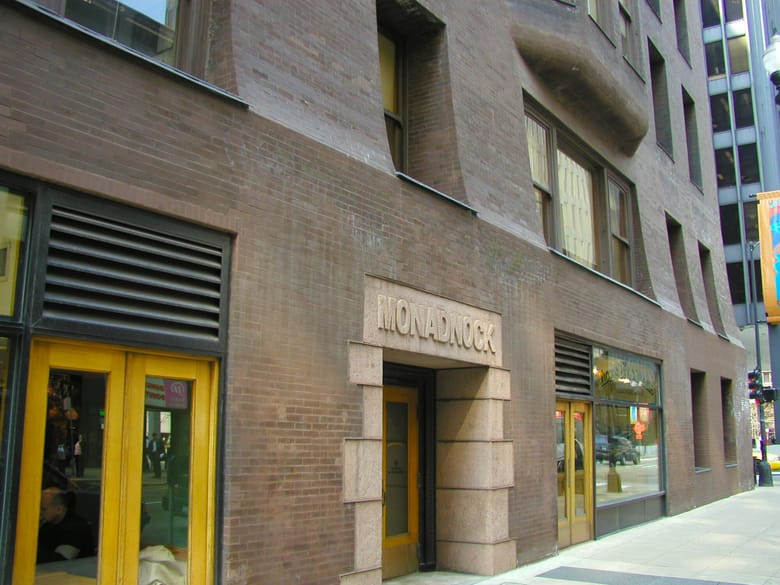Load-bearing construction is a method of building where the walls of the structure support the weight of the roof, floors, and other elements. This is in contrast to frame construction, where a separate structural framework supports the building.
Load-bearing construction is one of the oldest and most basic methods of building. It can be traced back to ancient civilizations, who used stone or brick walls to support their structures.
Advantages of load-bearing construction include a stable and solid foundation and its cost-effectiveness. However, disadvantages include its susceptibility to damage from natural disasters, the limit on interior layout options, and its difficulty to modify or expand.
EXAMPLES IN CHICAGO:
- The Rookery: The Rookery Building is a historic skyscraper located in the Loop area of Chicago, designed by Daniel Burnham and John Root, completed in 1888. The building's exterior walls are made of load-bearing masonry, primarily limestone.
- Palmer House: The Palmer House is a historic hotel located in the Loop area of Chicago. It was built in 1871 and has been renovated several times since. The hotel's exterior walls are made of load-bearing masonry, primarily limestone.
- Monadnock Building: The building is primarily constructed of load-bearing masonry, which consists of thick walls made of brick and stone. These walls support the weight of the building's floors and roof without the need for a separate steel frame.






















